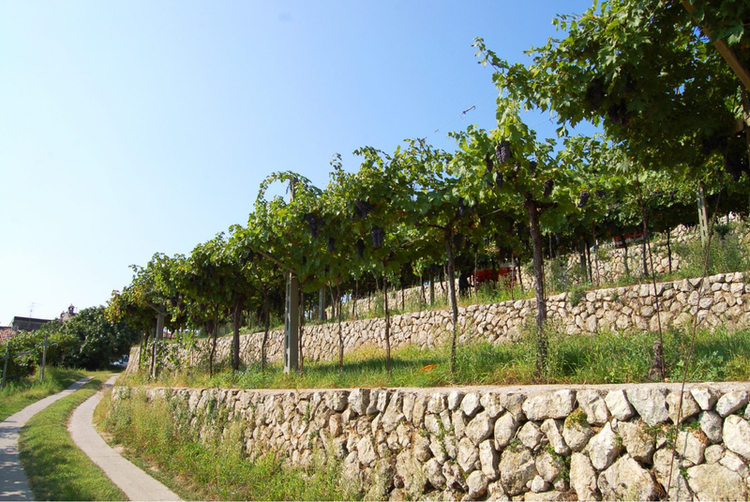I once dismissed Valpolicella as a pleasant, cheap Italian red. Now I celebrate one that I have to limit to paid subscribers whose support helps me buy it.
Notes for you
This week’s Wine Advisor goes to all readers, but my tasting note is limited to paid-tier subscribers, whose financial support helps pay for the wines I review. Please consider supporting us with a paid subscription.
Twenty-five years ago, on Jan. 17, 1999, I reviewed a pair of Valpolicellas in the very first edition of The 30 Second Wine Advisor. “The name Valpolicella doesn’t get much respect from serious wine lovers, and there’s a reason for that,” I wrote.
“This light, fruity red wine, made from a blend of Corvina and other regional grapes in the Veneto region of Northeastern Italy, is generally pinched between the mass market, which makes a lake of simple, least-common-denominator wine that establishes Valopolicella’s world reputation, and the luxury market, which takes a substantial portion of the best Corvina grapes for use in the rich, relatively expensive Amarone.
“In between these two extremes, however, a limited amount of quality Valpolicella can be found, much of it grown in the older, traditional zone (“Valpolicella Classico”) and often made to stricter requirements of alcoholic strength and bottle age (“Classico Superiore”). These wines are well worth seeking out … they can offer excellent value.”
Indeed. In that issue I gave glowing reviews to Mazzi 1996 Valpolicella Classico Superiore, then a bargain at $8.99; and Tommasi 1995 Valpolicella Vigneto del Campo Rafaèl, which I declared a best buy at $9.99.
The Tommasi is the direct ancestor of today’s featured wine: Tommasi 2021 “Rafaèl” Valpolicella Classico Superiore.

The historic Tommasi family vineyard, Rafaèl, is situated on one of the region’s most famous hills, Monte Masua. The importer says this vineyard produces what may be the best grapes for the production of Valpolicella Classico Superiore. (Image from Vintus LLC web page.)
A lot of the difference can simply be attributed to inflation. All other things being equal, the $8.99 wine would cost $16.64 today, and the $9.99 wine would cost $18.49 now. according to the inflation calculator at NerdWallet.
At $22 locally, the 2021 Tommasi is well out front of inflation, although it can be found for closer to the inflationary number in some markets.
There’s no question that inflation has pushed up costs of just about every imaginable consumer good, and for those whose income hasn’t kept pace, that’s a problem. Most of us make do, and if we don’t want to give up the enjoyment of good wine and good food, we look for value. By that standard, Tommasi’s “Rafaèl” remains a worthwhile buy, particularly given its “classico superiore” label placing it in Valpolicella’s top quality tier.
Moreover, inflation – even wine-price inflation, which generally exceeds the broader market – is not the only issue here. Valpolicella has built up its reputation and now enjoys a better image as an Italian red table wine of quality that merits a fair price.
This week’s full tasting report goes out to our paid subscribers, whose support helps cover the costs of all the wines that I buy for review as well as our production and web hosting expenses. I’d love to welcome you all as paid subscribers! Please consider helping us grow by upgrading to our paid tier. It’s only $5 per month or $50 for a full year, and it goes a long way toward keeping us afloat.




